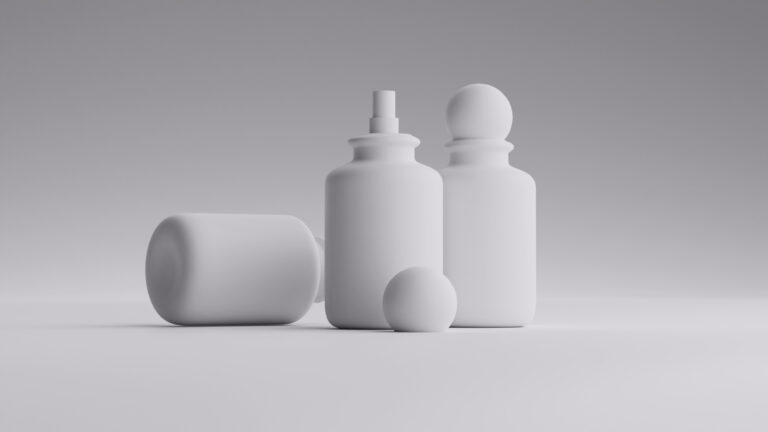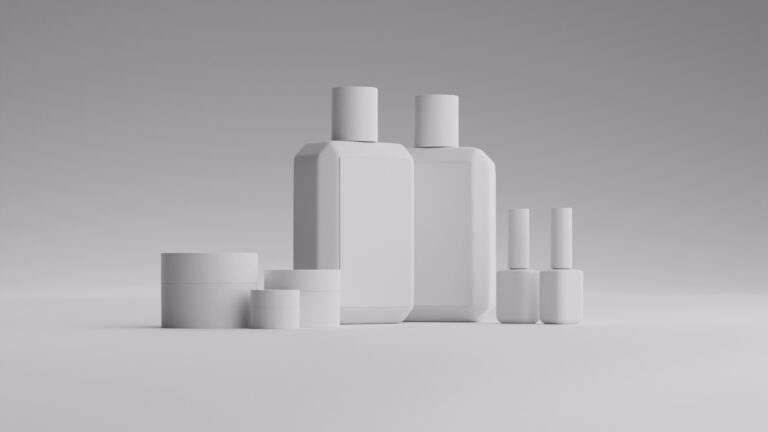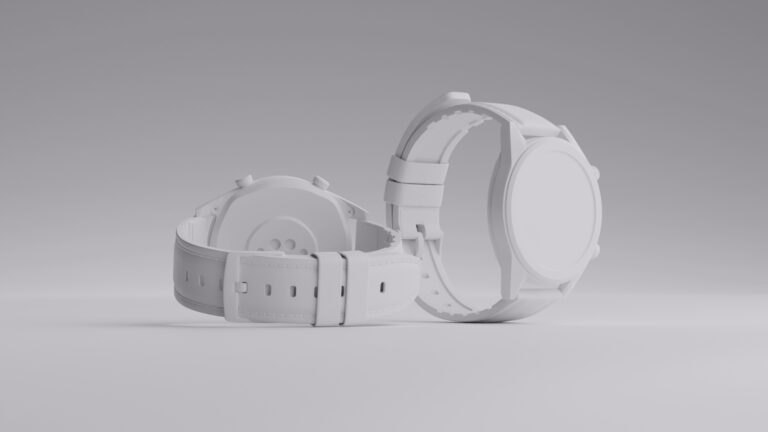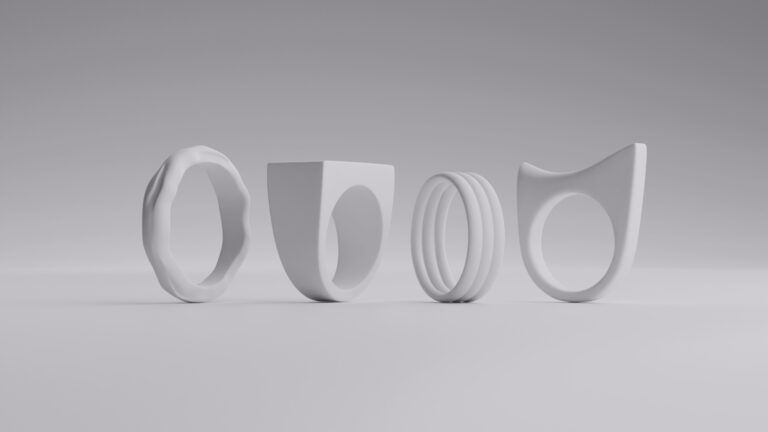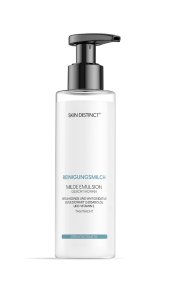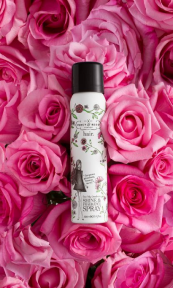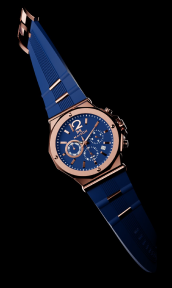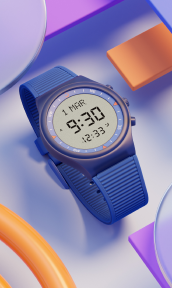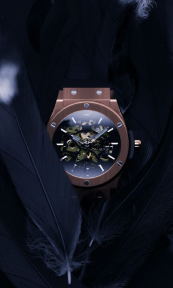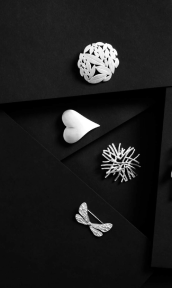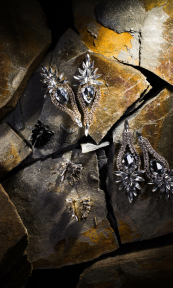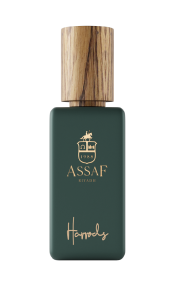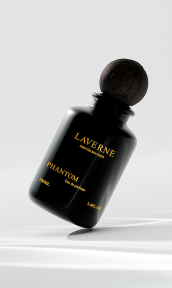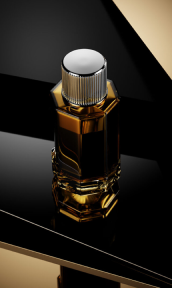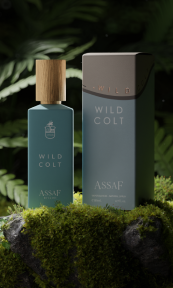Professional product photography can make or break an e-commerce business, especially in the competitive world of online fashion retail. Ghost mannequin photography has emerged as a game-changing technique that allows clothing to appear three-dimensional and worn while maintaining a clean, professional look that puts the focus entirely on the garment.
This specialized form of product photography creates the illusion of an invisible model, giving customers a clear view of the garment’s fit and structure without the distraction of a visible mannequin.
Mastering ghost mannequin photography can elevate your e-commerce business by a huge deal. Showcasing garments with professional depth and structure (while eliminating the clinical feel of traditional mannequin shots) helps customers better visualize how clothing will look when worn.
Let’s dive into the essential aspects of ghost mannequin photography and learn how to achieve this professional effect.
What is ghost mannequin photography?

The rise of e-commerce has transformed how clothing is presented online, and ghost mannequin photography is leading the way in professional product presentation.
This technique combines photography and post-processing to create images where garments appear to float with a three-dimensional form, maintaining their shape as if worn by an invisible model.
The ghost mannequin effect creates a more professional and cohesive look across product collections. When implemented correctly, this technique results in images that maintain consistent positioning and lighting across entire product catalogs, contributing to a polished brand image.
Major fashion retailers have reported up to 40% increase in conversion rates after switching to ghost mannequin photography.
This technique allows customers to see crucial design details that might be obscured by traditional flat lay photography. By photographing garments on a mannequin and then removing it in post-processing, photographers can showcase important features like collar construction, sleeve attachment points, and overall fit while maintaining a clean, professional appearance.
Studies have shown that detailed product images can also reduce return rates by up to 25% – this makes sense, as customers can better understand how the product would fit them before buying it.
Ghost mannequin photography is also more affordable than live model photography. While the initial setup requires an investment in equipment and training, the long-term benefits include faster shooting sessions, consistent results, and no recurring model fees.
E-commerce businesses can photograph hundreds of items in a single day once they’ve mastered the technique.
Essential equipment and setup

Creating professional ghost mannequin photos requires specific equipment and careful attention to setup details. The right tools and environment will significantly impact the quality of your final images and the efficiency of your workflow.
A proper photography setup begins with high-quality mannequins designed specifically for ghost photography. These specialized mannequins feature removable parts (typically neck, arms, and torso sections) that allow photographers to capture internal details of garments.
Professional-grade mannequins can range from $200-$800, but their durability and versatility make them a worthwhile investment for serious e-commerce photographers.
Lighting equipment plays a crucial role in achieving consistent, professional results. A minimum three-light setup is recommended: two soft boxes for even front lighting and one backlight to separate the subject from the background.
LED continuous lighting systems offer advantages over traditional strobes, as they allow photographers to see exactly how light falls on the garment in real-time. Professional lighting kits suitable for ghost mannequin photography typically cost between $500-$1500.
The shooting environment requires careful consideration of space and background. A dedicated area of at least 10×10 feet allows proper distance between lights, subject, and background.
A seamless white background paper or vinyl backdrop ensures clean extraction in post-processing, while proper distance between the subject and background (minimum 4 feet) helps prevent unwanted shadows and maintains even lighting across the frame.
Digital capture requirements include a camera with manual controls and sufficient resolution (minimum 24 megapixels recommended) to capture fine fabric details. A sturdy tripod ensures consistent positioning between shots, while a remote trigger helps avoid camera shake.
Tethered shooting to a computer with professional capture software streamlines the workflow and allows immediate quality control.
Step-by-step shooting process

Ready to start shooting? Let’s break down the ghost mannequin photography process into manageable steps that will help you achieve professional results, even if you’re just getting started.
Garment preparation
Before you even think about picking up your camera, proper garment preparation is absolutely crucial. Think of it as setting your foundation for success – the better your garment looks on the mannequin, the less time you’ll spend fixing things in post-processing.
Every professional shoot begins with a thorough steaming or ironing session to eliminate those pesky wrinkles. What might look like a tiny crease to your eye can turn into a glaring distraction in the final photo.
Pay special attention to the collar points, ensuring they’re crisp and even. Make sure sleeve cuffs aren’t rolling or folding, and check that front plackets and button areas lay perfectly flat. All seams should be straight and uncreased – this attention to detail will save you countless hours in post-processing.
Here’s a pro tip that will save you lots of headaches: after steaming, let the garment cool down completely. Hot fabric can create unwanted wrinkles as it cools, and moisture can affect how the fabric photographs.
Mannequin setup
Getting your mannequin setup right is like building the perfect stage for your star performer – the garment. Position your mannequin about 6-8 feet from your backdrop to achieve that nice, clean separation we’re looking for. When dressing the mannequin, work systematically from top to bottom for shirts and dresses, and bottom up for pants and skirts.
As you go, smooth the fabric carefully to prevent any bunching or pulling. Don’t hesitate to use clips where needed, but be strategic about placement so they won’t be visible in the shot.
Primary shot composition
Now comes the fun part – taking your main shots. Position your mannequin at that sweet spot angle of 15-20 degrees to create natural depth while showing the garment’s shape.
Here’s a neat trick: place tape markers on your floor in an “X” pattern – one for the mannequin’s feet and one for your tripod. This simple step will help you nail consistent positioning every time you shoot.
For the main front shot, ensure your garment is perfectly centered with level shoulders. Check that all elements like buttons and zippers are straight, and watch for any unexpected shadows or highlights that might distract from the final image. Take your time with this setup – it’s the foundation for everything that follows.
Detail and component shots
This is where the “ghost” in ghost mannequin really comes into play. After completing your main shots, it’s time to capture those all-important details that will make your final image pop. Start with collar and neckline shots by removing the neck piece of the mannequin while keeping the garment in exactly the same position.
Capture the inside of the collar and neckline from angles that will seamlessly blend with your main shot.
For long-sleeve items, you’ll want to remove the arm pieces if your mannequin allows it. Photograph the interior shoulder areas while maintaining the same lighting and angle as your main shot.
The key here is consistency – your detail shots need to match your main image perfectly in terms of lighting and perspective.
Supplementary angles
Think of these additional shots as supporting actors that help tell the complete story of your garment. A complete product presentation typically includes a back view using the same process as the front, side views (especially important for fitted items), and detail shots of special features like unique stitching or embellishments.
Don’t forget to capture texture closeups for unusual fabrics – these details can make a huge difference in how customers perceive the quality of your product.
Develop a mental checklist for each garment type you photograph. For shirts, you’ll want the front, back, collar detail, and cuff detail.
Dresses require front, back, side, and hem detail shots. Jackets need front, back, interior lining, and sleeve detail. Having a consistent approach ensures you never miss a crucial angle.
Light check and adjustments
Before moving on to your next garment, take a moment to review your shots carefully. Look for consistent lighting across all angles and make sure there are no hot spots or harsh shadows anywhere in the frame.
Check that all details are clear in both light and dark areas, and confirm that everything is in sharp focus throughout the image. Remember, it’s much easier to spend an extra minute checking your shots than to reshoot an entire garment later.
This systematic approach might seem like a lot at first, but once you get into the rhythm, you’ll find it becomes second nature. The key is consistency – follow these steps for every garment, and you’ll develop a smooth, efficient workflow that produces professional results every time.
Trust the process, and don’t rush – every extra minute spent getting things right during the shoot will save you multiple minutes in post-processing.
Post-processing techniques and tips

Now comes the magic that transforms your carefully captured photos into those sleek, professional ghost mannequin images. Don’t worry if you’re new to photo editing – we’ll break this down into manageable steps that will help you achieve great results.
Initial image preparation
Before diving into the ghost mannequin effect, your base image needs to look perfect. Start with basic cleanup by removing any visible dust spots, lint, loose threads, or fabric pills that weren’t caught during the shoot.
Take time to fix any remaining wrinkles and ensure your background is pristine clean. This attention to detail will save you hours of work later.
Next, focus on color and exposure adjustments. Begin with white balance to ensure your colors are spot-on accurate, then adjust exposure until you achieve optimal brightness. Fine-tune the contrast to make your garment pop, and carefully check for any unwanted color casts that might have snuck in.
Working on duplicate layers and using adjustment layers keeps your editing non-destructive and allows for easy tweaks later.
Masking and layer techniques
Here’s where we start building that floating effect. Think of it like assembling a puzzle, where each piece needs to fit perfectly. Start by preparing your main image with a clean selection of the garment.
Take time to refine the edges, removing any trace of background. Save your selection – you’ll thank yourself later when you need to make adjustments.
When integrating detail shots, place your collar and sleeve images on separate layers above your main shot. Use transform tools to align everything precisely, making sure to match the perspective of your main shot perfectly.
A crucial tip here: always check your alignment at 100% zoom. What looks perfect at 50% might reveal disappointing gaps when viewed at full size.
Creating the ghost effect
Now for the main part – making your garment appear to float. Start with the neck and collar area, carefully blending the interior collar shot with your main image. Create smooth transitions between layers and ensure the collar shape looks natural. Adding subtle shadows inside the neck area creates essential depth that makes the final image believable.
Move on to sleeve and shoulder areas with the same attention to detail. The key is carefully blending shoulder intersections and matching interior sleeve details with the main body. Keep fabric texture consistent across all areas and add natural-looking folds where appropriate. Remember, the goal is to make it look like the garment is being worn by an invisible person.
Color consistency and fine-tuning
Getting colors right is crucial for professional results. Establish a solid color correction workflow by creating a reference system for different fabric types. Use adjustment layers to maintain consistency across your product line.
Consider keeping digital swatches of common colors for quick reference. Remember that computer screens can display colors differently, so proper monitor calibration is essential for accurate work.
When it comes to detail refinements, take time to check all seams and transitions at full zoom. Verify that your garment maintains proper symmetry where appropriate and that textures match perfectly across all areas. Do a final check for any remaining traces of the mannequin – even tiny remnants can spoil the illusion.
Final touches and shadow work
These last steps really bring your image to life. Start by creating natural shadows that ground your garment in space. Add subtle drop shadows beneath the garment and create internal shadows for depth, but remember that less is more when it comes to shadow work. The goal is to achieve shadows that look so natural, viewers don’t even notice them.
Before finalizing your image, view it at different zoom levels and compare it with your original shots. Check it against other products in your lineup to ensure consistency. Save multiple versions for different uses – web, print, and archive quality. Consider creating a master file that preserves all your layers for future adjustments.
Remember, great ghost mannequin editing is about subtlety. You want viewers to focus on the garment, not the editing. If someone looks at your photo and their first thought is “Wow, great editing,” you might want to dial it back a bit. The best ghost mannequin photos look natural and effortless, even though we know the work that goes into them!
Wrapping up
Ghost mannequin photography represents a powerful technique for elevating e-commerce product presentation, and with good reason. When done well, it creates that perfect balance of professionalism and accessibility that customers love.
The technique might seem daunting at first, but remember that every professional photographer started exactly where you are now – mastering one aspect at a time, from garment preparation to lighting and post-processing.
The key to success isn’t just technical perfection – it’s about creating images that help customers make confident purchasing decisions. Every well-executed photo tells a story about your product and your brand, and as you develop your skills, you’ll find that this investment in quality photography pays dividends through increased sales, reduced returns, and stronger brand presence in the competitive e-commerce landscape.
FAQ
How long does it take to master ghost mannequin photography?
With dedicated practice and the right equipment, photographers can achieve professional results within 2-3 months of regular shooting. Mastery of post-processing techniques typically requires additional time and experience.
What’s the minimum budget needed for ghost mannequin photography equipment?
A basic professional setup costs approximately $2,000-$3,000, including a quality mannequin, lighting equipment, and a basic backdrop system. Depending on existing resources, additional investments in camera equipment and software may be necessary.
Can ghost mannequin photography be done with natural light?
While possible, using natural light makes it difficult to maintain consistency across product lines. Professional results typically require controlled studio lighting for predictable, repeatable outcomes.
How many photos are typically needed for each garment?
Most professional ghost mannequin presentations require 2-4 composite images per view, including main shots and detail captures. A complete product listing usually includes 4-8 final images showing different angles and details.
What’s the average time needed to edit a ghost mannequin photo?
Experienced retouchers typically spend 15-30 minutes per final image, depending on the complexity of the garment and required adjustments. Efficiency improves significantly with established workflows and templates.


